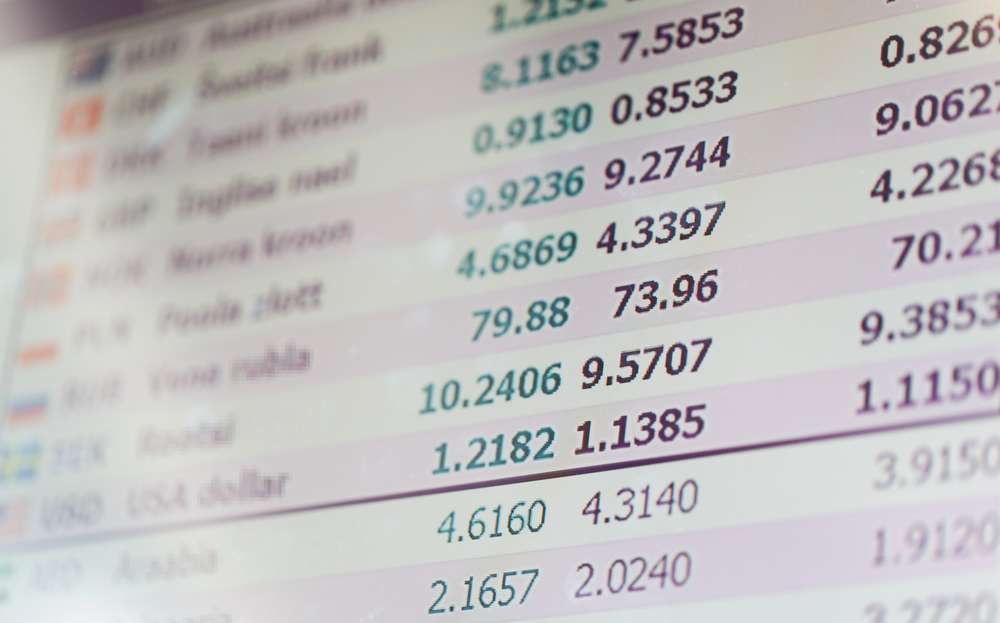Unpacking the Winter Blues on Investing Trends
Hey there, fellow Sufferers! As the days get shorter and the nights get colder, you might be feeling a bit down. You’re not alone – it’s a common phenomenon known as Seasonal Affective Disorder (SAD).
But did you know that SAD isn’t just affecting your mood; it might also be influencing the stock market?

The SAD Effect on Investors
Research, including a study by Kamstra, Kramer, and Levi, suggests that SAD can make investors more risk-averse during the winter months. This increased risk aversion leads investors to sell off their riskier investments and opt for safer bets, such as bonds, which can impact the overall market performance.
Imagine it like this: when the sun is shining, investors are more optimistic and willing to take risks. But when the days are short and dark, they get a bit more cautious. It’s like the whole market is experiencing a collective case of the winter blues.
Seasonal Changes and Investor Behaviour
For instance, here are some specific ways SAD might influence your trading habits:
- Reduced Trading Volume: We might second-guess ourselves to make moves in a slow market and trade less frequently.
- Negative Sentiment: A gloomy mood can lead to a pessimistic outlook on stock performance. This negativity can prevent us from seeing lucrative investment opportunities.
- Information Overload: When our brains feel sluggish, it can be tough to decode financial data. This may lead to less informed decisions regarding our investment strategies which might result in choices driven by impulse rather than rationalisation.
The implications of our mood can lead to impulsive choices, missed opportunities, or a retreat from riskier investments when we should be pursuing growth.
During the winter months, feelings of sadness or just plain lethargy can lead us to become overly cautious, making us more risk-averse and hesitant to invest. Conversely, when spring arrives and our mood lifts, we might feel an impulsive urge to invest, driven by newfound optimism. This cycle can result in erratic decision-making, where our emotions overshadow rational analysis, ultimately impacting our financial health. Recognizing these patterns helps us make more informed choices, regardless of the season.
Investment Strategy
During the colder months, we often observe fluctuations in stock market performance linked to SAD. Here are some key points to consider:
- Understand the Impact: When people experience SAD, their decision-making may be affected. This can lead to more cautious or impulsive investment strategies. It’s key to recognise these patterns.
- Adapt Your Strategies: Keep an eye on historical data during winter months. Spreading your investments across various sectors can mitigate risks associated with seasonal fluctuations.
- Stay Informed: Following news and research, like studies from the UBC Sauder School of Business, which is based in my home town of Vancouver can provide insights on seasonal market behaviour.
- Psychological Factors: Being aware of the psychological impact of SAD on yourself and others is crucial. Remain vigilant about how mood changes can sway market trends.
How It Affects Currency Markets
It’s not just stocks that feel the SAD effect; currency markets are also influenced. When the days get shorter, like in the winter, investors start to feel more cautious and worried about losing money. To feel safer, they buy certain currencies that they think are more stable. This makes the value of those currencies go up because more people are buying them. In the spring, when the days get longer and the sun comes out again, investors start to feel more confident and less worried. They then sell the currencies they bought earlier, which causes the value of those currencies to go down.
Summary:
In spring, investors sell those currencies, making their value go down.
In winter, investors buy safe currencies, making their value go up.
My tip:
Buy the foreign currency for your next vacation during spring and return any left during winter.
Trading Strategy Based on SAD
To navigate these seasonal market shifts, here are a few strategies you can consider:
- Monitor Seasonal Trends: Keep an eye on how the stock market has performed in the past during the winter months. By noticing patterns, you can make smarter investment decisions. For instance, the retail sector might see changes because people’s shopping habits can be affected by the season.
- Watch For Abnormal Trading: Look for unusual changes in stock prices between September and March – if you are in the Northern Hemisphere. Trading based on these anomalies can increase your returns by finding undervalued stocks when the market is down.
- Diversify Your Portfolio: Include sectors that usually do well in the winter, such as entertainment or wellness, in your investment mix. These sectors can do well even when investors are feeling pessimistic.
- Emphasize ETFs: Using exchange-traded funds (ETFs) that focus on specific sectors can help you spread out your risk while benefiting from seasonal changes in the economy.
Conclusion
The next time you’re feeling down because of the lack of sunlight, remember that you’re not alone – even the stock market is feeling a bit SAD. But with the right information and strategies, you can stay ahead of the game and keep your finances sunny, even in the winter.
- Stay Informed: Keep an eye on market trends and understand how seasonal changes might affect your investments.
- Diversify: Spread your investments across different asset classes to minimize risk.
- Consult a Pro: If you’re unsure, talk to a financial advisor who can help you make informed decisions.
Stay warm and invest wisely!

Citations:
Kamstra, M. J., Kramer, L. A., & Levi, M. D. (2003). Winter blues: A SAD stock market cycle. American Economic Review, 93(1), 324-343.



